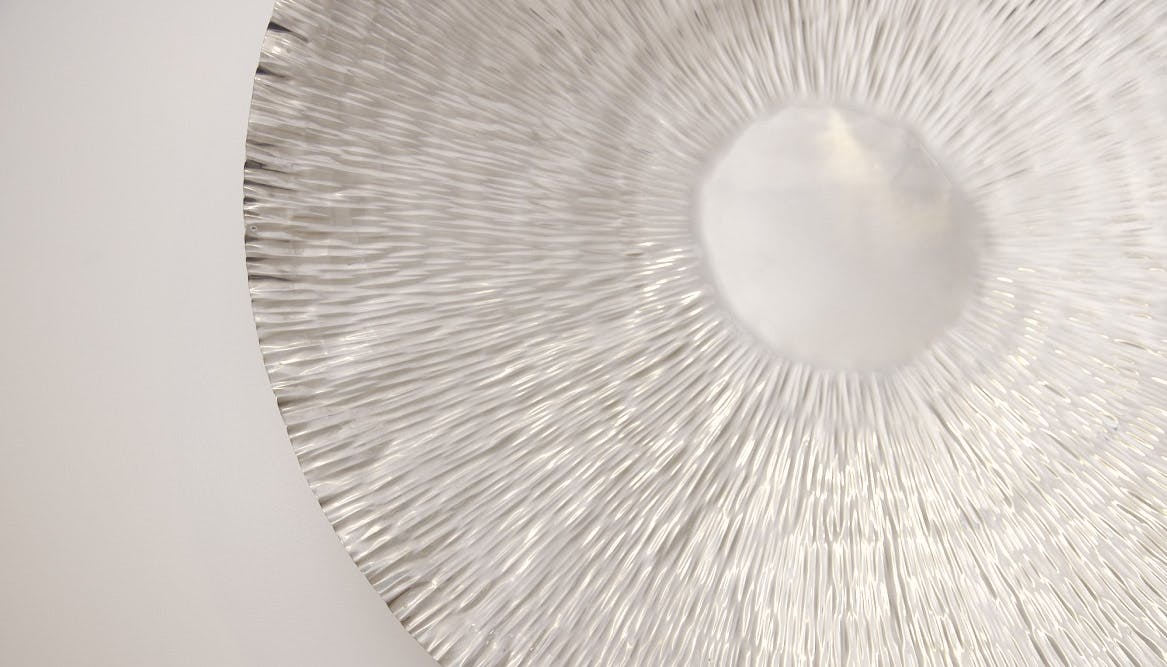Angiokeratoma is a condition in which small, raised, red or purple lesions appear on the skin, often mistaken for hemangiomas. These benign lesions are the result of capillary proliferations and the thickening of the skin’s keratin layer.
Symptoms and Appearance of Angiokeratoma
The primary symptom of angiokeratoma is the presence of small, raised, red or purple papules or lesions on the skin. These vascular lesions are formed due to the dilation of blood vessels, also known as vascular ectasia, in the papillary dermis layer of the skin.
Depending on the type and location of the lesions, the appearance of angiokeratomas may differ. They may appear as a solitary lesion or in clusters and can range in size. Angiokeratomas on the skin’s surface are known as cutaneous angiokeratomas and are characterized by the presence of lesions on the skin’s surface.
Any of the Angiokeratoma subsets listed below can also be considered cutaneous angiokeratomas, depending on the presenting location of the skin lesions. While they are typically painless, angiokeratomas can sometimes become itchy or tender, particularly if they are subject to friction or irritation.










